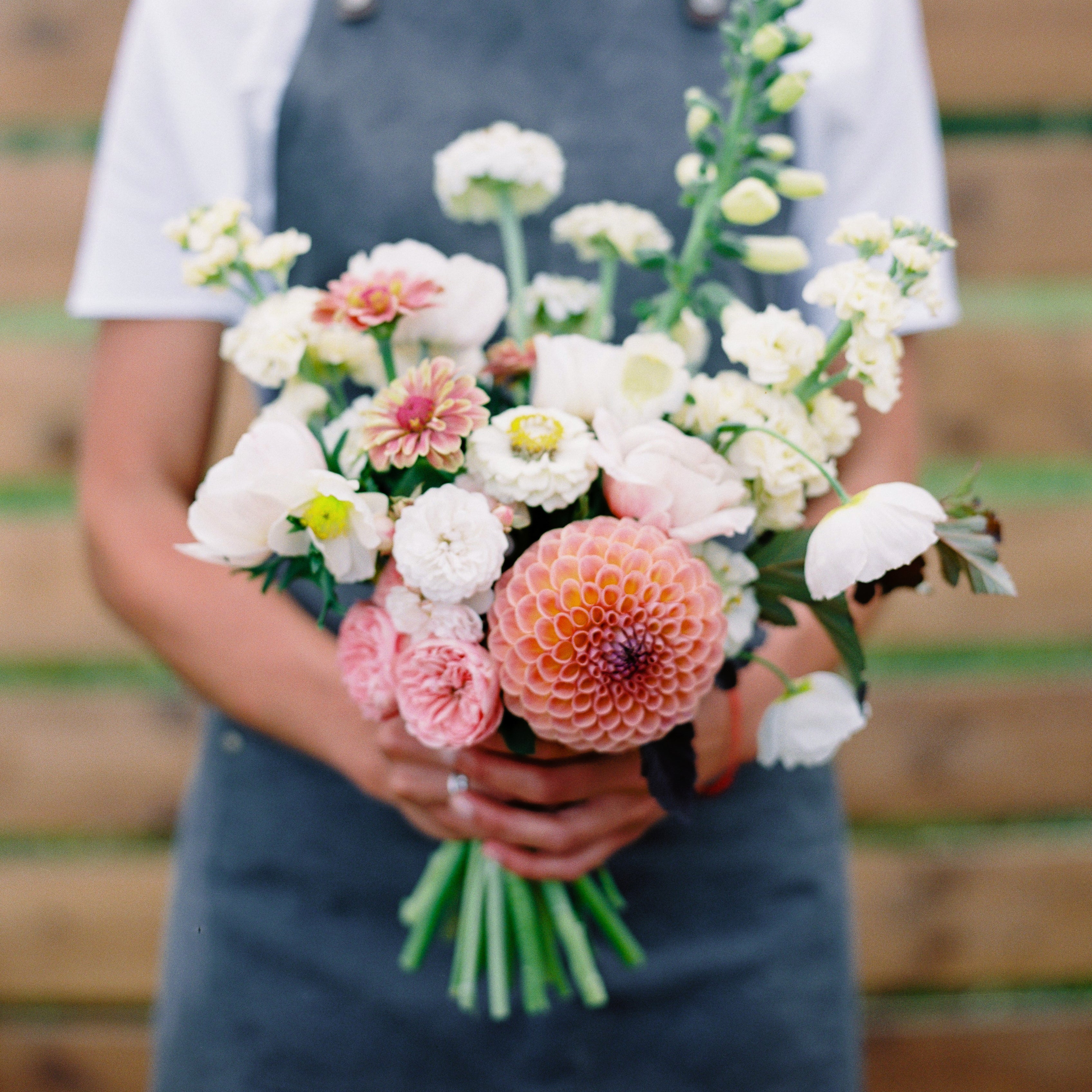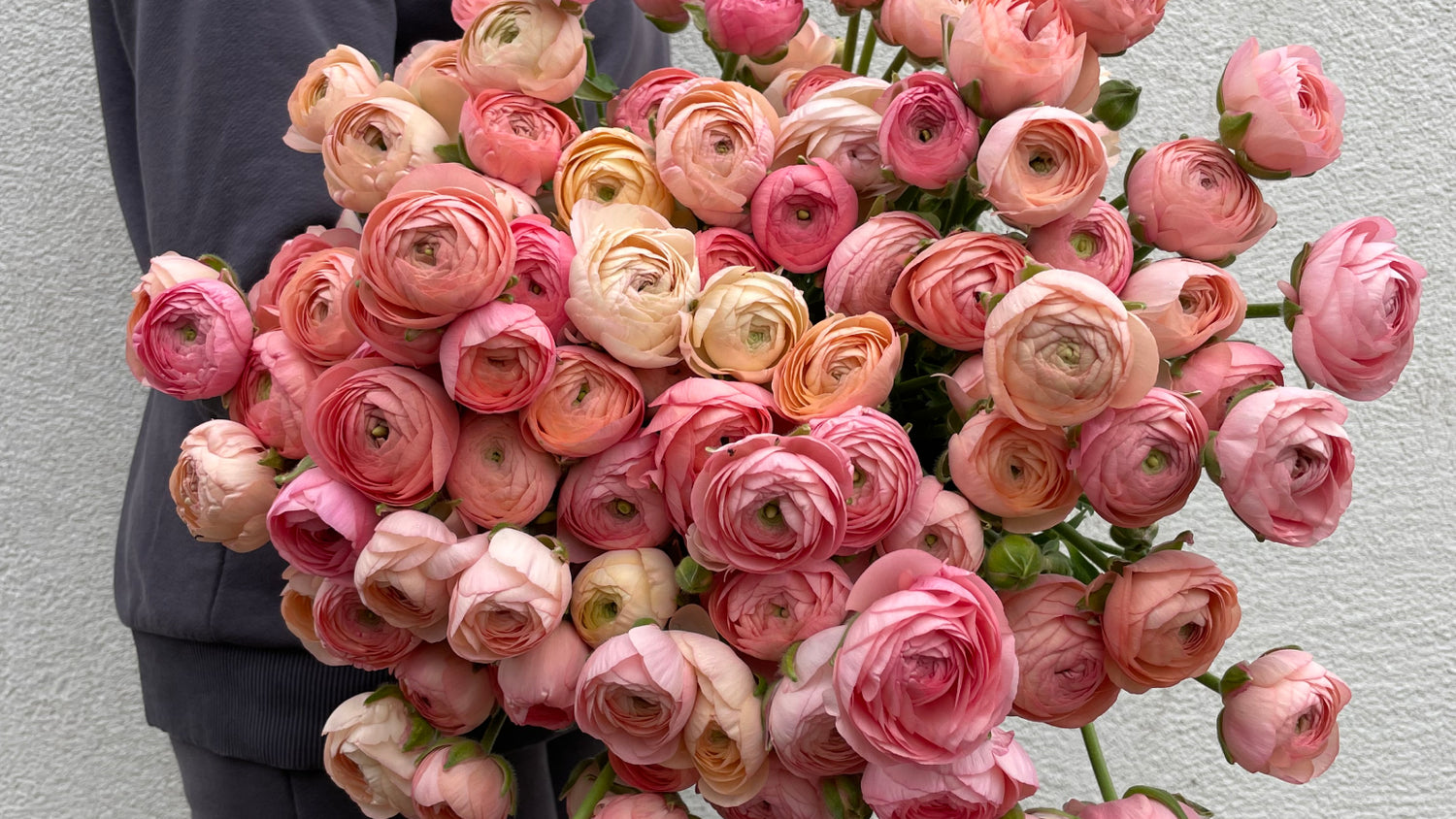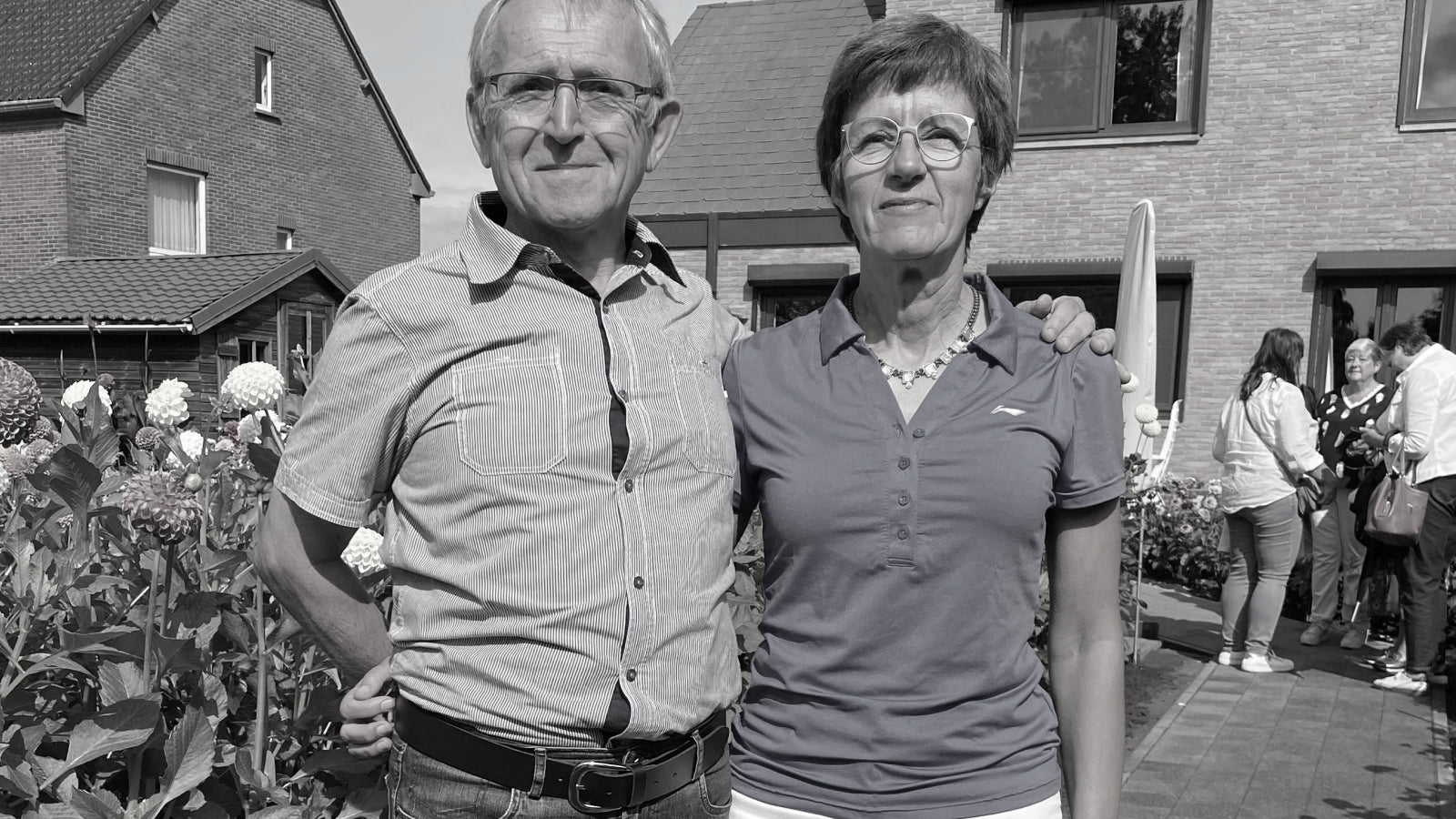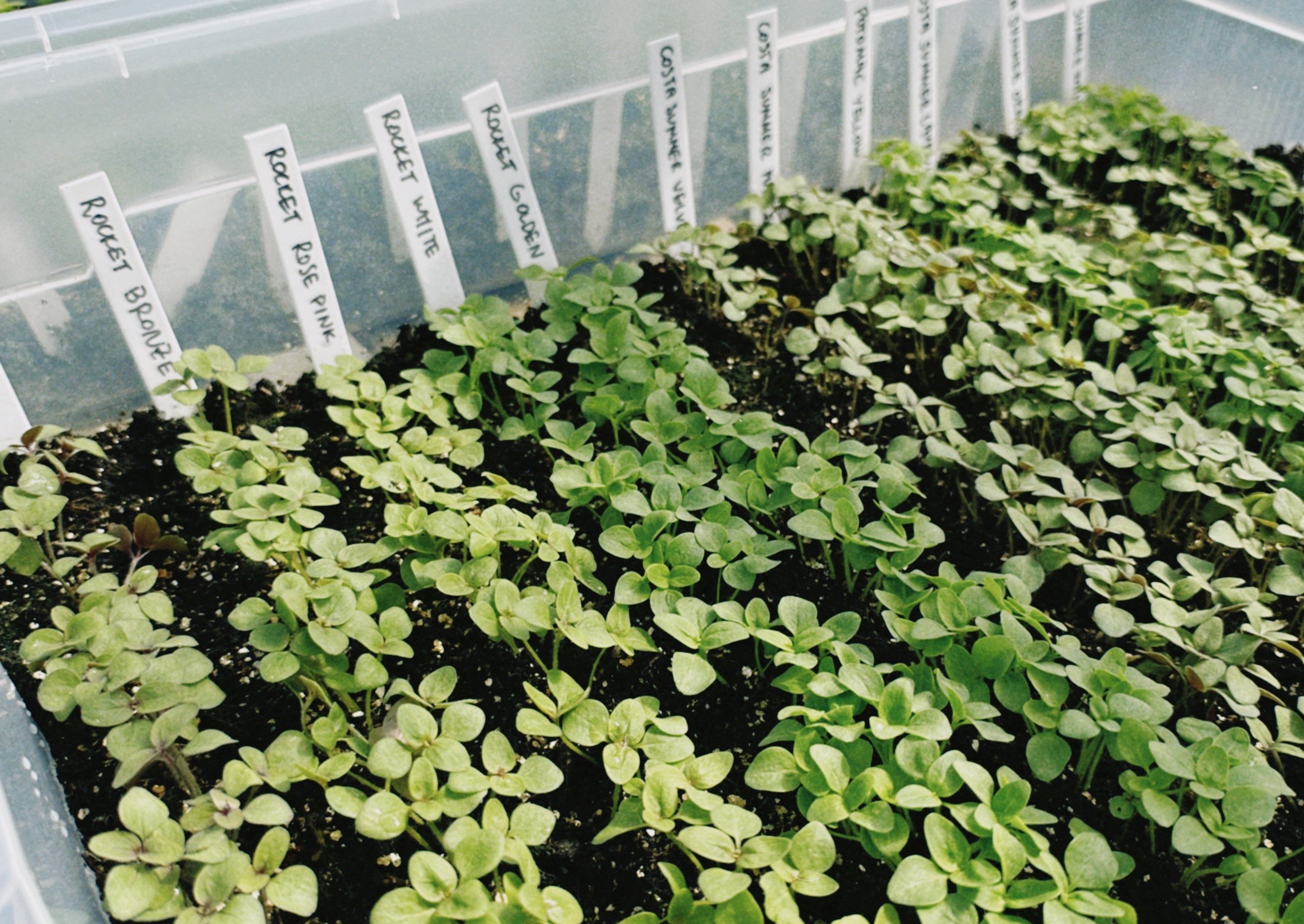Ranunculus and anemones are delicate spring flowers that require moderate temperatures and light. There are two options for growing them depending on the climate zone. The first option, if you live in a warmer climate or have a reliable greenhouse which doesn’t freeze throughout the winter, is to plant them after soaking in low tunnels (or greenhouses) around the end of October and they will bloom abundantly in April. In Nordic countries with harsh winters, ranunculus and anemones should be planted in the spring. Ranunculus and anemones are resistant to light frosts. They must first be propagated in trays indoors and then planted out under low tunnels or greenhouses. Follow the planting dates in the table below:
|
|
Growing options in spring |
|
|
|
In the greenhouse |
Outdoors or with light removable tunnel |
|
Corms propagation |
March 1-10 |
March 15-25 |
|
Propagated corms plant out |
March 25-31 |
April 10-15 |
- How to propagate the corms
Soak the corms for 3 hours (not more!) in a water at room temperature, optionally you may add rooting hormones according to instruction. You can plant the soaked corms outside in the garden (of weather allows) or propagate them inside in small containers, in this case they will bloom 3-4 weeks earlier.
To propagate, place the soaked corms in trays/seedling trays with a mixture of peat and vermiculite in a 1:1 ratio and cover completely with a thin layer of substrate on top. The substrate should be moderately moist. Keep the trays cool at a temperature of 10-15⁰C. After 1-2 weeks, the corms will propagate, and the first shoots will appear. Check the trays every week, moisten the soil if it is dry, and remove the tubers if there are signs of rot. It is important not to over-moisten the substrate! Before planting in the ground, you may feed the seedlings with organic fertilizer, for example Fishmix from BioBizz, according to the instruction.

- How to transplant the propagated corms
Plant propagated corms with 20*20 cm pattern, deepening them by 2.5 cm. It is important to know that the plant may die after transplantation because of high soil temperature. When the soil temperature is high, its microflora multiplies rapidly thus corms can rot. To ensure the propagated corms root well we plant them in unheated greenhouses on April 10-15, we shade the soil with spunbond fabric and pre-water it.

- How to water and feed
During the first 2-3 weeks just water the seedlings and no fertilizing is required. Then, apply water-soluble fertilizers once every 15 days according to the instructions. You may use the below plan based on the NPK ratio:
|
Initial phase (vegetative mass growth) |
1 : 0.5 : 0.5 |
Plantafol 30 : 10 : 10 |
|
Growth (up to the first flowers) |
1 : 1 : 1 |
Plantafol 20 : 20 : 20 |
|
Flowering |
0.5 : 1 : 1.5 |
Plantafol 5 : 15 : 45 |
4. How to shade
To protect tender plants in a greenhouse from the bright April and May sun and reduce soil heating, use shading. You may use spunbond in early stage (if the temperature fluctuations are high) and replace it with special shading nets in late April-May.

5. How to cut
Ranunculus and anemones will bloom in May, around 60 days after transplanting of propagated corms or 90 days after soaking. Cut the flowers in the evening or early morning hours. Cut at the closed bud stage after it has opened only once during the previous day. Lightly press on the bud - if it is soft like a marshmallow, then you can cut it off. Use a sharp and clean instrument. To keep cut flowers last longer, it is important to wash the buckets well, use clean, cooled water and floral postharvest additive (e.g., Crysal). The vase life of ranunculi and anemones is around 10–14 days.

6. How to deal with pests and diseases
Aphids are the main pest of ranunculus and anemones. Physically remove aphides with water flow or use biological protection methods, e.g., beneficial insects, natural fungicides.
Ranunculus and anemones are susceptible to fungal diseases. Do not allow the soil to overheat (use shading), implement crop rotation, and treat the soil with biological agents (beneficial bacteria) at the end of each season to create competitive, favorable microflora.

We wish you a good luck and please ask your questions and share your results with us! We are here for you!




1 commentaire
Jill
Thanks for sharing! Can’t wait to grow my own ranunculus_ Spur photos are very expiring!
Laisser un commentaire
Ce site est protégé par hCaptcha, et la Politique de confidentialité et les Conditions de service de hCaptcha s’appliquent.